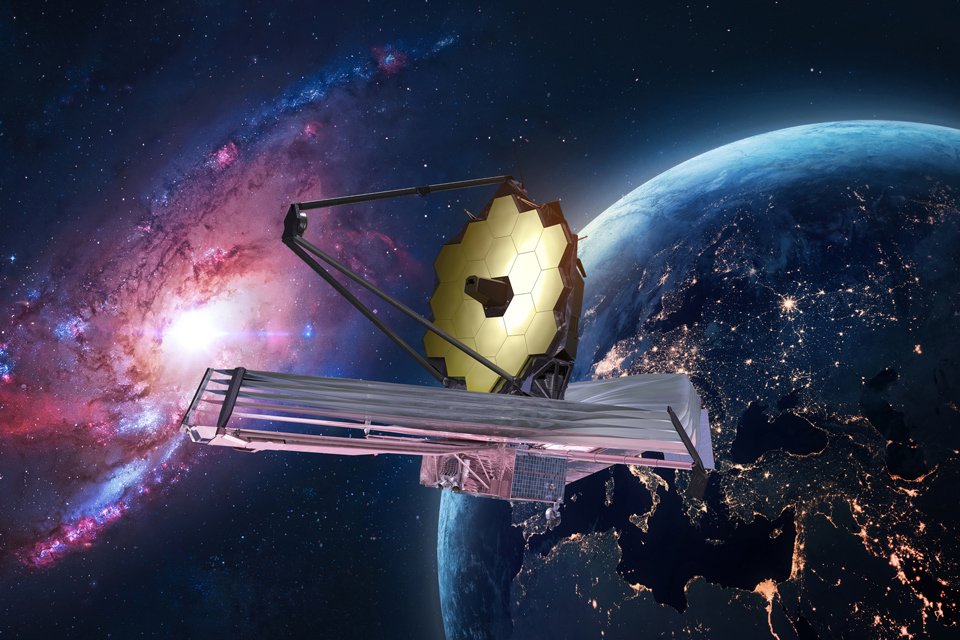Also known by the acronym JWST, the James Webb Space Telescope has been a buzz not only among science lovers but around the world, thanks to the quality of its incredible images of the universe. And all this beauty is captured in an instant relatively small SSDOnly 68GB capacity.
That’s a small number compared to the SSDs currently available to commercial consumers around the world. The size that can be considered “minimum” is currently 120GB. However, it is not the capacity of the SSD that matters for JWST, but its quality and especially its durability.
Better together. International collaboration has given us the most powerful space telescope ever built and the deepest infrared images of the universe ever seen. with our partners @ESA and @CSA_ASCScience can begin. together we #UnfoldTheUniverse: https://t.co/oFA1ja4jeP pic.twitter.com/8TXTZEIb6H
— NASA (@NASA) 12 July 2022
The storage drive in the telescope needs to be ready to face the harsh conditions of space. That means temperatures close to absolute zero and a horrendous amount of radiation. That is, it is a specially customized component to “survive” in this environment.
And 68GB is more than enough for daily capture and transmission of images. The James Webb telescope captures 57 GB of data per day and transmits it to Earth at two-day intervals of 4 hours each, at a transmission rate of 28 Mbps, using the 25.9 Ghz Ka-band link with the Deep Space Network. The figure is already considerably higher than Hubble, which captures 1 to 2 GB of data per day. That is, the SSD was strategically planned for one-day images, as it is not stored in the telescope and is replaced with each new cycle.
Source: Tec Mundo










